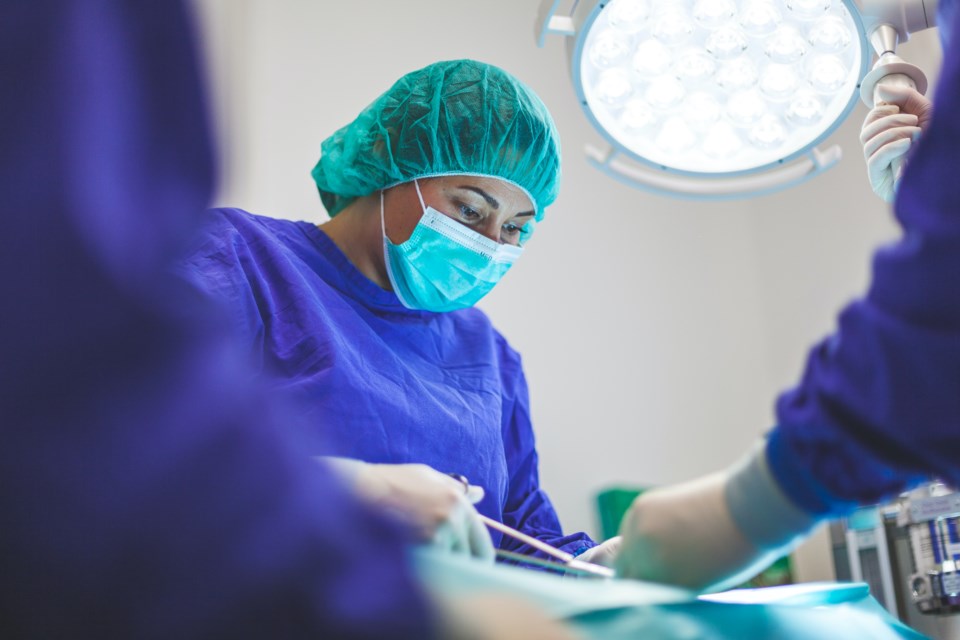Ontario’s government announced a three-step plan to reduce and improve surgery wait times across the province as hospitals grapple with an overwhelmed and overworked healthcare system.
Premier Doug Ford made the announcement in Toronto alongside Health Minister Sylvia Jones.
The Ford government said it’s “leveraging community surgical and diagnostic centres” to eliminate surgical backlogs and reduce wait times.
Ford said the province will require new facilities to provide “detailed staffing plans” as part of an application and mandate a number of physicians at various centres to have active privileges at their local hospital.
“When it comes to your health, the status quo is no longer acceptable,” Ford said on Monday. “Our government is taking bold action to reduce wait times for surgeries, all while ensuring Ontarians use their OHIP card to get the care they need, never their credit card.”
In a government news release, the province outlined the three steps. Step one will include “urgently tackling the existing backlog for cataract surgeries,” which the government says is one of the longest waits for procedures.
“Partnerships with community surgical and diagnostic centres in Windsor, Kitchener-Waterloo and Ottawa will add 14,000 additional cataract surgeries that will be performed each year,” the province noted.
“This number represents up to 25 per cent of the province’s current cataract waitlist and accounts for the estimated COVID-related backlog of cataract surgeries.”
In a separate news release, Kitchener Conestoga MPP Mike Harris identified TLC Laser Eye Centres in Waterloo as part of the four surgical and diagnostic centres that will perform the additional cataract surgeries.
Step two focuses solely on reducing wait times. The province says it will address regional needs with a continued emphasis on cataracts, MRI and CT imaging and colonoscopy and endoscopy procedures.
In step three, the Ford government says it plans to introduce legislation next month that will aim to allow existing community diagnostic centres to perform more MRI and CT scanning so residents can access publicly funded diagnostic services “faster and closer to home.”
Health Minister Jones said that starting in 2024, the province will also expand surgeries for hip and knee replacements.
“Timely and convenient access to surgery and diagnostic imaging is critical to keeping people healthy,” Jones said.
“This plan will boost the availability of publicly funded health services in Ontario, ensuring that Ontarians currently waiting for specialized surgeries will have greater access to the world-class care they need, where and when they need it.”
Government sources indicated that the province intended to unveil a multi-phase plan to start performing thousands of publicly funded surgeries in private clinics in an effort to tackle a massive backlog.
The sources said the goal is to take low acuity, low complexity surgeries outside the beleaguered hospital system.
Ford hinted at the move last week, saying the province needs independent health facilities to address the growing surgical backlog and assuring patients they will not have to pay out of pocket for them.



